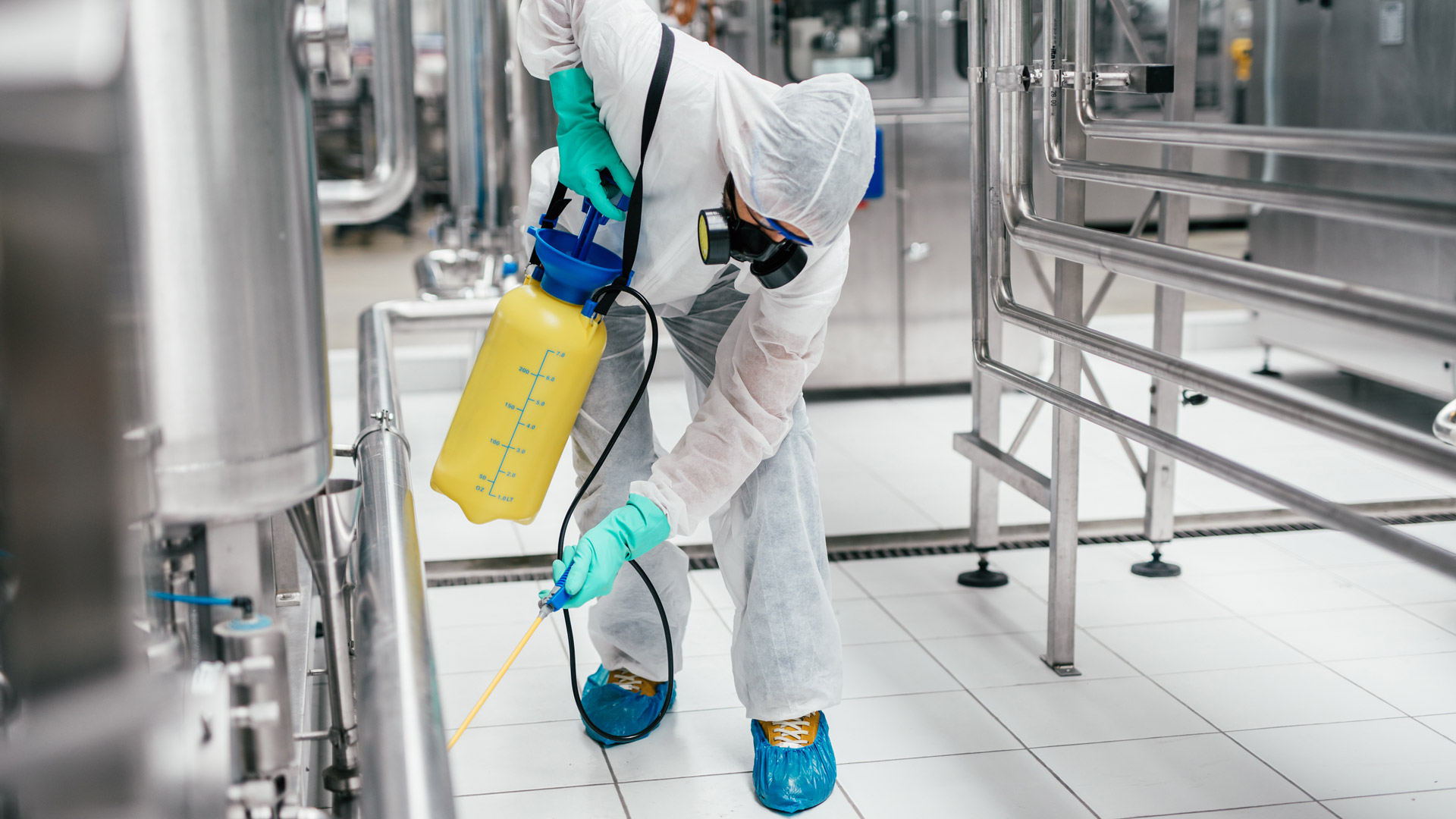Lifting and moving heavy objects on construction sites is harming the health of thousands of brickies and builders to such a degree that every aspect of their lives is affected, says the HSE.
The Health and Safety Executive is warning construction companies that workers are picking up injuries and conditions that can stop them working and leave them struggling to stand, walk, or sit down. HSE inspectors will be carrying out 1,000 inspections in October and November, checking how workers are moving heavy or bulky materials.
The law requires employers to prevent the ill health of their workers, which includes musculoskeletal disorders (MSDs). The term musculoskeletal disorders covers injuries such as a sprained ligament or torn muscles, damage to the spine or disorder of the joints or other tissues in the upper/lower limbs or the back. Heavy manual labour, awkward postures and previous or existing injuries are all risk factors in developing musculoskeletal disorders. Recent figures show around 40,000 people in the construction industry suffer an MSD each year, which can cause years of agonising aches and pains.
Moving and handling risks should be considered and prevented where possible at the design stage. Once on site and before work starts, employers should talk to workers about controlling existing risks to make sure that the right training, aids and equipment are there to prevent injuries. If moving and lifting is managed properly, a physical job on a building site should not result in aches, pains and strains which affect every part of workers’ lives.
Matt Birtles, principal ergonomist at HSE, said:
“Serious aches, pains and strains can affect every part of someone’s life. They can struggle to get themselves dressed and undressed, they can be unable to pick up their children or grandchildren. They can struggle to sit down and stand up, they can struggle to keep still and move around. The most intimate parts of their lives can be severely affected – they might be desperate to go the toilet but find themselves unable. It’s not something that many people feel comfortable talking about, perhaps particularly on a building site, but if your back has gone or if you’re in agony whenever you move your arms, measures need to be put in place to address the causes.”
HSE’s head of construction, Sarah Jardine said:
“Inspectors are visiting a range of construction sites to check the action businesses are taking to ensure their workers are being protected. Everyone involved in construction has a role to play in keeping people safe. Risks must be managed where they can’t be prevented, and risk management arrangements must be reviewed frequently to ensure they are effective. We want everyone in the industry, from designers to contractors and their workers, to be aware of the risks associated with any moving or lifting task and put appropriate measures in place.
"This is a significant health issue for tens of thousands of construction workers and can lead to a lifetime of terrible aches and pains. The health of workers must be considered when planning construction work so that they can carry out their jobs without fear of injuring themselves, including being provided with the correct equipment to lift safely. Thankfully there are measures that can be taken to prevent injuries to muscles, bones, joints and nerves. Doing so is good for workers and good for the construction industry. It’s good for business.”
You may also be interested in
RELATED CONTENT
RELATED COURSES

Introduction to health and safety gives learners a basic introduction to managing safety in their workplace.

The asbestos course looks at how to manage asbestos in the workplace and recognise the risks.

The Control of Substances Hazardous to Health (COSHH) course helps learners carry out work involving hazardous substances safely.

The Legionella course ensures people understand the risk of legionella and are aware of the requirements of the L8 ACoP.

A survey of nearly 1,700 people across the recycling and waste management sector by the Environmental Services Association (ESA) has suggested the ind...

Friday is the most hazardous day of the week for fleet drivers with the highest number of accidents, speeding events, and incidences of aggressive dri...

The UK government has announced it will not match new EU restrictions on various potentially hazardous chemicals, including the “rubber crumbs” used t...

Global Asbestos Awareness Week 2023, organised by the Asbestos Disease Awareness Organisation, takes place this week (1-7 April), aiming to raise awar...